STUBBY SAYS: 3 Things to Do with a Contusion
Jun 5th, 2012This article is one in a series of Mark "Stubby" Stubblefield's tips for baseball and softball umpires. Mark is the medical coordinator for Minor League Baseball Umpire Training Academy (MiLBUTA). These tips came from discussions with Mark and his talk "Common Injuries for Umpires" he gives at MiLBUTA.
The only way to prevent injuries in umpiring is to watch at home or from the stands.
Getting in the slot between batter and catcher helps, not over the catcher. This will move you farther out of harm's way.
Making the most of your umpire protective gear by having equipment that fits and you wear correctly helps, too. Still, you will get hit at some point.
Contusions are the most common type of umpire injury. Stubby says there are 3 ways to handle contusions.
- Most will be minor but watch your bruises closely.
- Use the RICE method (rest, ice, compression, elevation)
- Watch for signs of blood clots. Symptoms of blood clots may include swelling, warmth, redness and pain. The main concern is a clot resulting in a loss of blood flow (ischemia). In an arm or leg, you may experience weakness, loss of sensation, paralysis or the limb may appear white.
Mark preaches listening to your body, and if you are concerned about a contusion, consult your medical professional.
We will add, you should cover up your bruise when you next umpire behind-the-plate to prevent further injury.
Arm & Wrist Guards | Thigh Protection
Related Articles
- Proper Positioning for Throat Guards on Umpire Helmets
- Jim Goes Parental with Umpire Cap & Bill Length Warning on Umpire-Empire Post
- Why the NOCSAE Standard Doesn't Help Umpires / Follow These 5 Steps Instead
- Watch Jim Kirk’s Webinar on ‘Uniform & Safety’ for British Baseball Federation & European Umpires
- ASK ILA: 10 Tips for Female Umpires to Look Taller That Benefit Short Male and Youth Umpires, Too!
- Injury Prevention & Recovery: The Essential Umpire Safety PSAs
- Calling Balls/Strikes from Behind the Mound? Follow an Easy Safety Tip
- Use Caution When Wearing a Cap Under Your Umpire Helmet
- You’re Wearing Your Throat Guard Wrong ~ How to Fix It
About the Author

Medical Coordinator - MiLB Umpire Training Academy Mark Stubblefield
Mark coordinates the preventative care and injury treatment for MiLB Umpire Training Academy students while offering expertise in fitness, nutrition, health and wellness. He currently works with Minor League Baseball umpires throughout the United States and Canada and joined the MiLB staff in February 2011, after a 10-year career as a certified athletic trainer with both the Cincinnati Reds and Kansas City Royals. He received a Bachelor’s degree in Athletic Training from Indiana State University in 2000 and a Master’s degree in 2001 from California University of Pennsylvania. The Kansas City, Mo., native is a member of the Professional Baseball Athletic Trainers Society (PBATS) and the National Athletic Trainers Association (NATA).

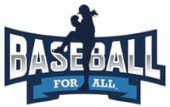

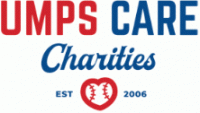

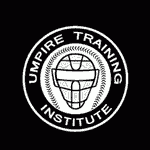


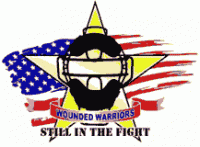

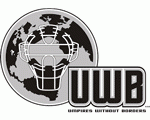
Comments
Be the first to comment on this article!